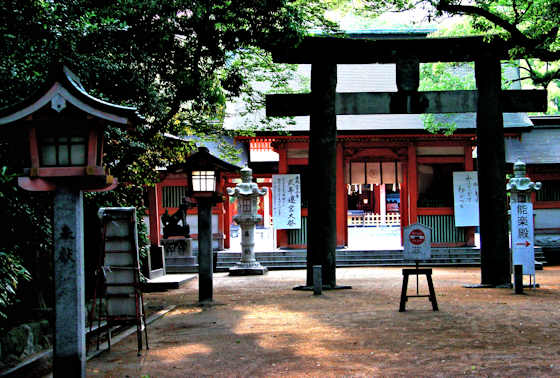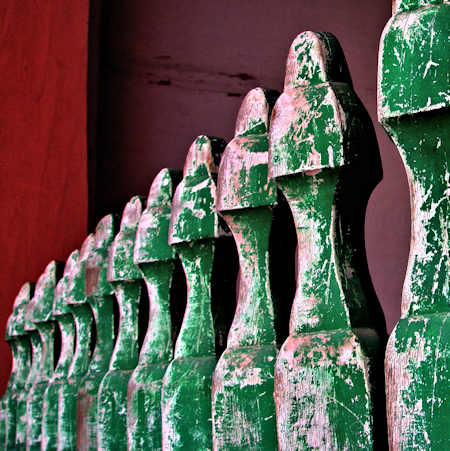Matsue Castle is considered to be one of the 12 original castles remaining in Japan.
There are many more castles throughout Japan, but what distinguishes the 12 is that their central tower, tenshu in Japanese, commonly called keep in English, is not a modern reconstruction. The keep at Matsue was registered as a National Treasure in 2015.
Matsue castle was built in just 5 years by Horio Yoshiharu and completed in 1611.
He was given control of the domain following the Battle of Sekigahara and at that time the domain castle was Gassan Toda, located south of what is now Yasugi.
Though Gassan Toda was a great castle, he decided that the area around it was not suitable for the building of a castle town and so selected the area that became Matsue.
The castle and domain passed to the Matsudaira clan, and Matsudaira Fumio (1751-1818) a renowned tea master was responsible for making Matsue a centre of the Tea Ceremony.

o
The castle has a large and extensive moat system that connects to several waterways and boat trips around the castle are a popular activity.
The inside of the keep is explored using steep stairways and there are many exhibits of samurai armor and castle-related displays. From the top, there are great views over Matsue and Lake Shinji.
In 1873 the Japanese government began dismantling the vast majority of the castles in the country, and in Matsue all the former buildings were removed but the keep was spared due to local pressure. The keep has six floors, though appears from the outside to have five. Its black walls led to it being given the nickname Chidori, "plover" Castle.
The extensive castle grounds are now a park known for cherry blossom viewing. There are also several shrines and other buildings within the grounds that I will cover in later posts.

















































